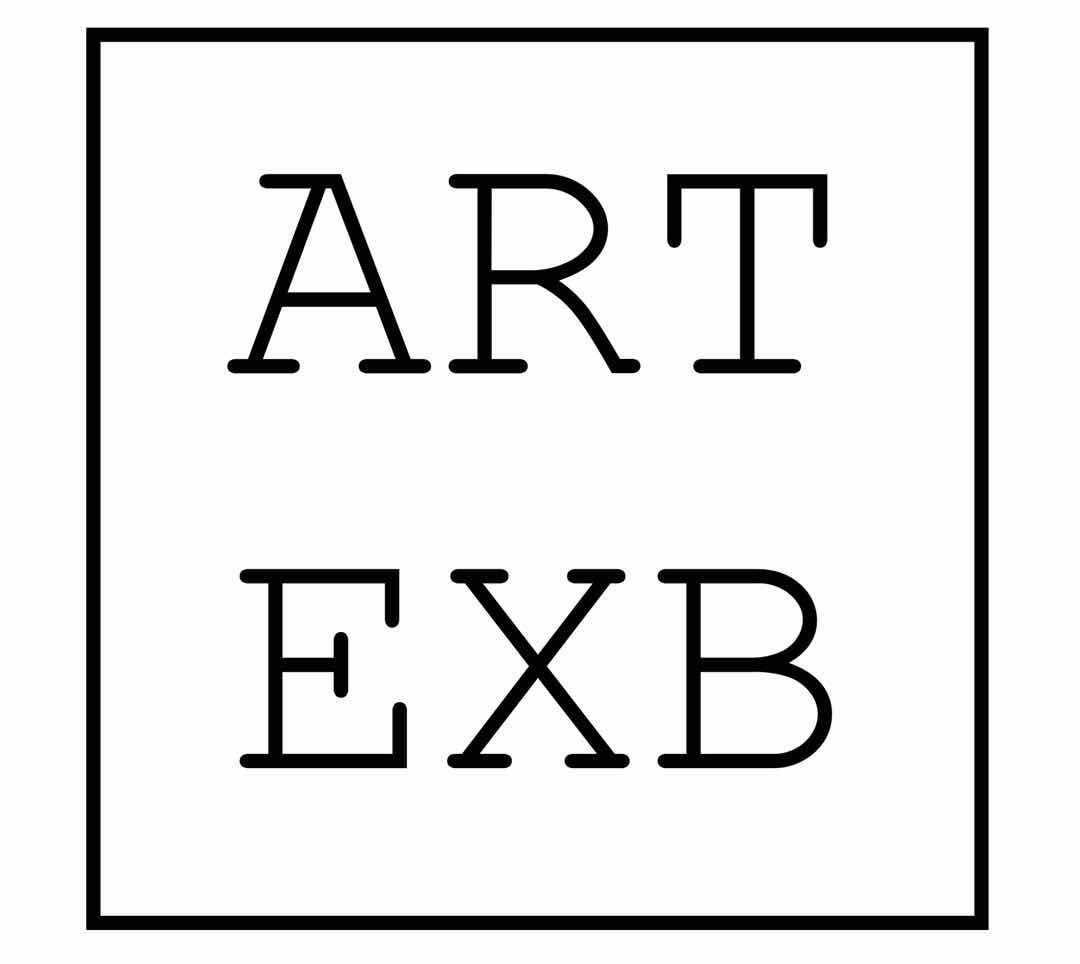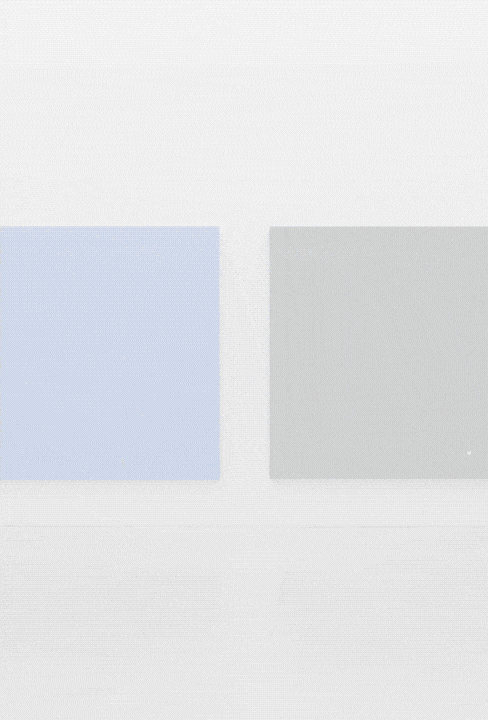“九层塔:空间与视觉的魔术” 是一次跨界行动,是中国从未有过的展览方向和形式。它将邀请9位/组艺术家提供作品,作为展览的基础素材,同时邀请9位建筑师,9位设计师,组成九个临时团队。艺术家、建筑师、设计师三方联名合作,没有 “主次” 和 “中心”,只是分工与协作,最终形成9个全新类型的展览。
空间和设计是决定展览的核心元素,也是对展览和作品的再创作和再生产,它决定了观众看到什么,怎么看,看的次序和节奏。空间和设计,在这里不再是为展览服务,而是独立自主的体验,给予展览无数的变量和可能。
一直以来,我们缺乏一种高质量的跨界,它们不是流俗于明星和网红效应,迎合一种快餐式的出圈,就是自说自话,拘泥于专业壁垒。“九层塔” 倡导的跨界方式,创造了一个艺术、建筑和设计的连接点,一个全新的交叉学科,它既是三个专业间的实际需求,有益协作,又保留了各自的专长和优势,分工得当。
作为中国古代建筑,“塔” 有着一种特殊的结构,它的每一层讲述着不同的故事。这些故事和空间、设计,紧密围绕成一个彼此叠加的整体,成为展览的外在形象和精神内核。
“九层塔:空间与视觉的魔术” 由策展人崔灿灿和建筑师刘晓都共同在2020年发起,它是一个混合了思想、方法、工具的实践项目,也是对跨领域工作的兴趣班,拓展彼此方向的攻关小组。
“九层塔” 的出现,饱含着创造一个全新领域和事业的雄心,旨在发明一种新的合作方式和展览观念,重塑这个时代的感知体验。
“相似的结果,不同的路径” 陈文骥 × 丁乙 × 梁铨 × 谭平
作为九层塔的第五个项目,“相似的结果,不同的路径” 是第一个群展,也是对抽象艺术创作方法的讨论,它关注艺术、建筑、设计中基础而又核心的议题:点、线、面在作品中的不断变化。展览以艺术家陈文骥、丁乙、谭平、梁铨的作品为基础,邀请建筑师张永和进行空间的呈现,平面设计师韩家英进行海报等视觉系统的创作。
“相似的结果” 指艺术家共同使用点、线、面,作为创作的全部元素,最后呈现出相似的画面形式;“不同的路径” 指四位艺术家运用了截然不同的工作方式、观念意图、生产机制和创作语法。
陈文骥用工业化的色彩和模块,以不同的组合和拼接方式,给出相异的节奏和停顿,形成一组排列有序的抽象作品。丁乙的5张作品从1993年开始,他将 “十字” 以各种媒介、材质、笔触、色彩、结构,进行 “重复” 创作,产生了无限的变量。梁铨有自己的法则,他制作不同颜色的纸片,在画面中进行拼接,纸片多样的分布形成了永不重复的点线面关系。谭平的 “位置系列”,则设计了一个规则:在画面上随机画上几个点,拉出放射线,然后在多次相交的放射线中确定几个交叉点,最终得出点在画面中的位置。我们会发现,四位艺术家的作品中,形式只是执行的手段,“路径” 自身会发展作品,会产生变量。变量近乎无限。
“相似的结果,不同的路径” 为我们提供了重新认知抽象艺术的视角:它不再以形式创新为目的,而呈现了艺术家的观念思考、创作语法和系统性工作的重要性。
建筑师张永和将这些 “视角” 转化为空间感受,为作品搭建了一个全新的场域。展览空间成为另一种形式的 “点、线、面” 的建造,观者有了不同的观看体验:大与小、内与外、上与下、动与静、看与被看。于是,建筑与绘画互动,观者与展览互动。设计师韩家英则提供了另一种交汇,艺术家的名字和作品元素的交汇,让简单的元素具有了现实感和个人性。
“相似的结果,不同的路径” 展现的是艺术家、建筑师和设计师共同的工作——对于点、线、面在秩序世界的无限探索。这些探索取决于情感和观念的变化,也取决于我们在各个领域中不断创造的工具、手法、路径。无数种方向和抵达,丰富了我们的语言世界。也因为点线面的本质、基础,所以永恒存在,近乎不朽。
策展人 崔灿灿
Nine-Tiered Pagoda: Spatial and Visual Magic, as a cross-disciplinary event, represents an unprecedented direction and form of exhibition in China. Nine (groups of) artists will provide their works as the basis material for the exhibition. Besides, nine architects and nine designers will also join to form nine temporary teams, hence the cooperation among artists, architects and designers. There is no ‘priority’ or ‘center’ in the exhibition, only division of labor and collaboration, presenting nine individual exhibitions of a brand-new type.
As the core determinant for the exhibition, space and design are also a kind of re-creation of the exhibition and the work; They determine the content and how the audience see the exhibition, as well as the sequence and pace. Space and design, no longer in the service of the exhibition, provide an independent and autonomous experience for the audience, granting the exhibition a myriad of variables and possibilities.
There has always been a lack of quality cross-disciplinary exhibitions, which are neither a fast food product preached by celebrities and online influencers nor a highbrow art confined to professional barriers. The cross-disciplinary advocated by Nine-Tiered Pagoda creates a nexus joining art, architecture and design together with a new cross-discipline, which reflects the practical needs and collaboration of the three professions, while it also retains the expertise and strengths of each with a proper division of labor.
As an ancient Chinese architecture, ‘Pagoda’ has a special structure, with each tier telling a different story. These stories, spaces, and designs are closely intertwined with each other into a superimposed whole, formulating the external image and spiritual core of the exhibition.
Nine-Tiered Pagoda: Spatial and Visual Magic, launched by curator Cui Cancan and architect Liu Xiaodu in 2020, is a hands-on project that mixes ideas, methodologies and tools. It’s not only a workshop for cross-disciplinary art, but also a platform for artists, architects and designers to cooperate and expand their development realms together.
The advent of Nine-Tiered Pagoda represents the ambition to create an entirely new field, with an aim to invent a new way of collaboration and to create a fresh exhibition concept that can reshape the perceptual experience of our times.
Similar Results, Different Approaches – Chen Wenji × Ding Yi × Liang Quan × Tan Ping
As the fifth project of “Nine-Tiered Pagoda”, “Similar Results, Different Approaches” is the first group exhibition unveiling a discussion on abstract art creation methods, with the focus on elementary and core issues in art, architecture, and design: the constant change of dots, lines and planes in the work. The exhibition is based on the works of the artists Chen Wenji, Ding Yi, Tan Ping, and Liang Quan, with the architect Chang Yungho designing the space, and graphic designer Han Jiaying in charge of posters and other visual designs.
“Similar Results” refers to the common use of dots, lines, and planes as elements of creation to finally present a similar form of picture; while “Different Approaches” refers the completely different working method, conceptual intention, production mechanism, as well as the artistic language employed by the four artists.
Chen Wenji uses industrialized colors and modules to form a matrix of ordered abstratic works with various rhythms and pauses by using different combinations and splices. Ding Yi has started to create these five exhibited works since 1993. He uses multiple media, materials, brushstrokes, colors, and structures to “repetitively” create the “cross”, therefore creating a myriad of variables. Liang Quan has his own rules. He makes pieces of paper of different colors and collages them all in one picture. The diverse distribution of the pieces forms a never-repeated relationship between dots, lines and planes. Tan Ping sets up a rule in his “Position Series”, where he draws a few dots randomly on the paper , pulls out the radiating rays, pins down a few intersections on the rays, and finally gets the position of dots in the plane. We will find that in the works of the four artists, the form is only a means of execution, while the “Approach” itself will develop the work and generate infinite variables.
“Similar Results, Different Approaches” provides us with a new perspective for recognizing abstract art, which no longer aims at form innovation, but shows the importance of the artist’s conceptual thinking, artistic language, and the systematic work.
Architect Chang Yungho transforms these “perspectives” into a spatial feeling, and thus building a brand new field for the works. The exhibition space has become another form of “dot, line and space”, giving the viewers different experiences: big and small, interior and exterior, top and bottom, movement and stillness, seeing and being seen. Here, architecture is interacting with paintings, just as the viewers are interacting with the exhibition. Designer Han Jiaying provides another intersection of artist’s names with dots, lines and planes of the work, making these simple elements ideological, realistic and personal.
“Similar Results, Different Approaches” shows the joint work of artists, architects and designers, which carries out infinite explorations of dots, lines, and planes in the world of order. These explorations depend on changes in emotions and concepts, as well as the tools, techniques, and approaches that we continue to create in various fields. Countless directions and arrivals (reflected in all these explorations) have enriched our language world. And also because of the essence and basis of dots, lines and planes, they can exist eternally and are almost immortal.
Cui Cancan, Curator

